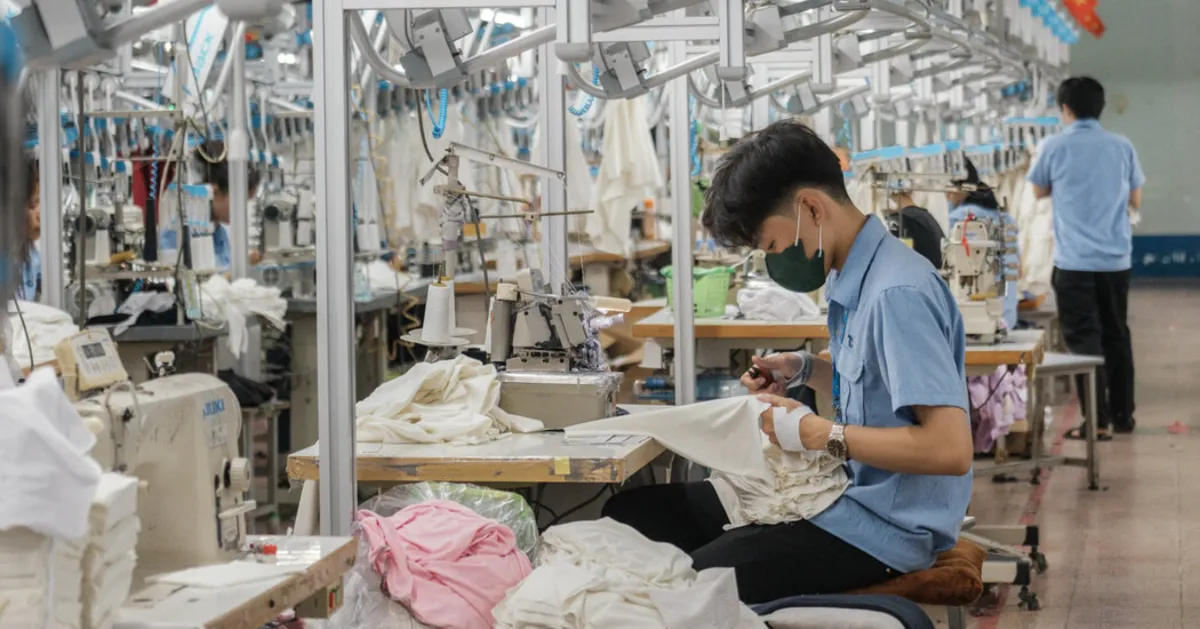
On Wednesday, President Trump revealed that the United States has successfully negotiated a significant trade deal with Vietnam. This agreement is poised to roll back some of the strict tariffs that were previously imposed on Vietnamese products. In exchange, Vietnam has agreed to open its market wider to American goods, marking a pivotal step in enhancing bilateral trade relations.
The preliminary details of the deal suggest that it will not only benefit the U.S. but will also have indirect implications for China, a crucial trading partner for Vietnam. In a post on Truth Social, Mr. Trump described the agreement as “a Great Deal of Cooperation between our two Countries,” emphasizing its potential to strengthen ties and improve economic conditions.
According to President Trump, the newly established deal will impose a 20 percent tariff on all imports from Vietnam. Additionally, there will be a 40 percent tariff on any goods classified as “transshipping.” This particular provision aims to address concerns raised by the Trump administration regarding Vietnam serving as a conduit for Chinese manufacturers seeking to circumvent U.S. tariffs and redirect goods into the American market.
It remains unclear which specific products will be affected by the heightened tariff rates. The tariffs could apply to Vietnamese goods imported into the United States that originated in China, or they might also include Vietnamese products that incorporate a significant amount of Chinese parts. Moreover, the deal may introduce a tiered tariff structure where lower tariffs could be applied to goods manufactured in Vietnam with minimal Chinese components, while higher tariffs would be levied on products containing substantial Chinese materials.
Prior to this agreement, Vietnam was facing an impending 46 percent tariff rate as part of the comprehensive global tariffs announced by the Trump administration on April 2. However, those levies were paused for 90 days, allowing for further negotiations. This new deal could potentially reshape the economic landscape, providing opportunities for American businesses while also challenging Vietnam to enhance its manufacturing processes.
In conclusion, President Trump's announcement of the trade deal with Vietnam represents a significant shift in U.S. trade policy, aiming to bolster American exports while simultaneously addressing trade practices involving China. The ramifications of this agreement will be closely monitored by economists and industry leaders alike as they assess its long-term impact on the global trade environment.